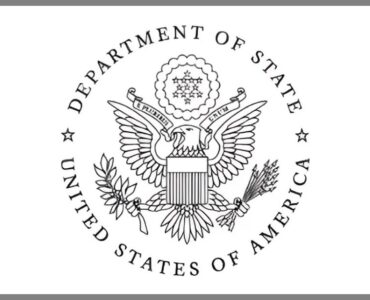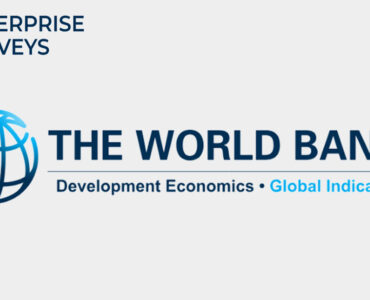The Asian Development Bank (ADB) analyzes global privatization trends over the last four decades in a policy brief titled “Privatization of State-Owned Enterprises: A Summary of Experience”.
Global Privatization Trends
Between 2008 and 2016, privatization revenues soared from 110 billion USD to 266 billion USD, predominantly driven by Europe and Central Asia. By 2003, more than 50% of the GDP in 22 post-communist countries in Europe and Central Asia was attributed to the private sector, a significant increase from just nine countries in 1994.
Initially focused on smaller-scale initiatives, privatization expanded into major sectors such as telecommunications, power, and oil and gas. Despite these shifts, State-Owned Enterprises (SOEs) in Europe and Central Asia account for nearly half of all public sector employment, with many remaining significant players in energy and transportation. Countries like Azerbaijan, Belarus, and other Central Asian nations still rely on SOEs in manufacturing.
Challenges in SOE performance
Persistent challenges in SOE performance include political interference from the state, as well as state subsidies to SOEs. In the case of natural monopolies, the high infrastructure costs may deter private sector entry or hinder scale efficiencies.
Privatization efforts have been initiated in post-Soviet countries to enhance SOE efficiency. When executed effectively, privatization is anticipated to drive efficiency, investment, and economic growth, while reallocating public resources to other sectors. However, it necessitates careful consideration as it has not uniformly benefited all sectors, raising concerns about transparency and corruption.
Recipe for privatization
Privatization strategy must align with market conditions and institutional capacities, with transparency and regulatory oversight being paramount. A well-functioning legal framework and specialized privatization agencies are crucial for successful privatization. The process should prioritize transparency, competition, and integrity to avoid concentration of assets in the hands of a small elite.
Donate to support Turkmen analysts, researchers and writers to produce factual, constructive and progressive content in their efforts to educate the public of Turkmenistan.
SUPPORT OUR WORKIn naturally monopolistic sectors like oil and gas, telecommunications, and utilities, effective post-privatization regulation is essential. Sectors such as aviation, energy, and finance may require strengthening or establishing new regulatory bodies.
Challenges in privatization process
Key challenges include weak legal frameworks, corruption, and the complexities of privatizing large SOEs. Involvement of politically connected elites can exacerbate issues, turning privatization into a tool for wealth transfer. Transparent auction procedures and strong regulatory frameworks are vital to counter these challenges.
Corruption Risks
The privatization process itself is often prone to corrupt influence. Corruption occurs where public officials use public powers for personal gain, such as accepting a bribe in exchange for granting a tender. Corruption risks are heightened by the close interactions between public officials and businesses, and the multitude of stakeholders involved, particularly in sectors with high-value assets like energy and telecommunications.
Corruption undermines trust, transparency, and accountability, impeding economic development and investor confidence. Addressing corruption requires robust governance mechanisms and integrated anti-corruption efforts throughout the privatization process.
The policy brief notes that while privatization has yielded benefits in enhancing productivity and consumer welfare, its success hinges on transparent, competitive processes, strong governance frameworks, and efforts to combat corruption. Central to future privatization endeavors is the alignment of policies with market conditions, coupled with political commitment to ensure enduring positive outcomes.






